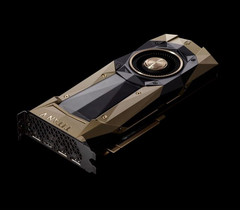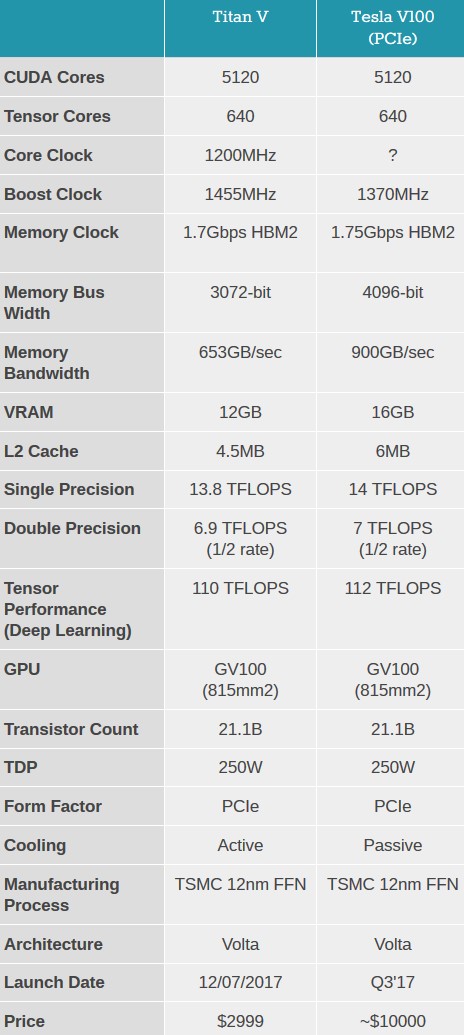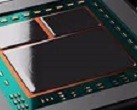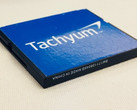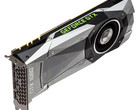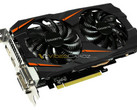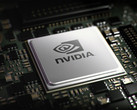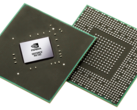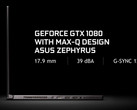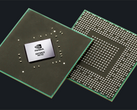With the GTX 2000 series set to make an early 2018 debut, no one would have expected Nvidia to suddenly come up with a new GPU model at the recent Neural Information Processing Systems conference, especially right before the end of 2017. Sure, the impressive Titan V card is not targeting the gaming market, as it is a Volta-based version meant for the compute-oriented crowd eager to put the massive neural networking power to good use. But, since it bears the Titan brand, the GPU could be considered an extreme gaming solution, and at least the US$3,000 price tag attests to that.
The Titan V card has the core and boost clocks set higher than the original Tesla V100 card (1200 MHz and 1455 MHz, respectively), but the other specs are inferior or on par in comparison. However, for a card that costs US$7,000 less than the Tesla V100, the Titan V really impresses with its similar performance. The number of CUDA cores and Tensor cores remained the same (5120 / 640), and it only features 12 GB of HBM2 memory, instead of 16 GB. The bandwidth was reduced from 900 GB/s to 653 GB/s, but the Tensor performance, as well as the single and double precision specs, are almost unchanged. Nvidia included a vapor chamber cooler with copper heatsinks and 18 power phases in order to provide maximum stability for the 250 W TDP core. As far as connectors are concerned, the Titan V card comes with just one HDMI port, but it also integrates three DisplayPorts.
Nvidia noted that the Titan V has a few quirks at the moment, but these will be fixed in the next official driver release. The GPU suffers from TDR errors and display blanking during Blu-ray disc playback on high resolutions, as well as from G-Sync display blanking when repeatedly switching between different memory overclocks. Those interested in buying the card can already order it from Nvidia's official site.
Loading Comments
I first stepped into the wondrous IT&C world when I was around seven years old. I was instantly fascinated by computerized graphics, whether they were from games or 3D applications like 3D Max. I'm also an avid reader of science fiction, an astrophysics aficionado, and a crypto geek. I started writing PC-related articles for Softpedia and a few blogs back in 2006. I joined the Notebookcheck team in the summer of 2017 and am currently a senior tech writer mostly covering processor, GPU, and laptop news.
> Expert Reviews and News on Laptops, Smartphones and Tech Innovations > News > News Archive > Newsarchive 2017 12 > Nvidia unveils US$3,000 Titan V GPU based on Volta core
Bogdan Solca, 2017-12- 8 (Update: 2017-12- 8)




